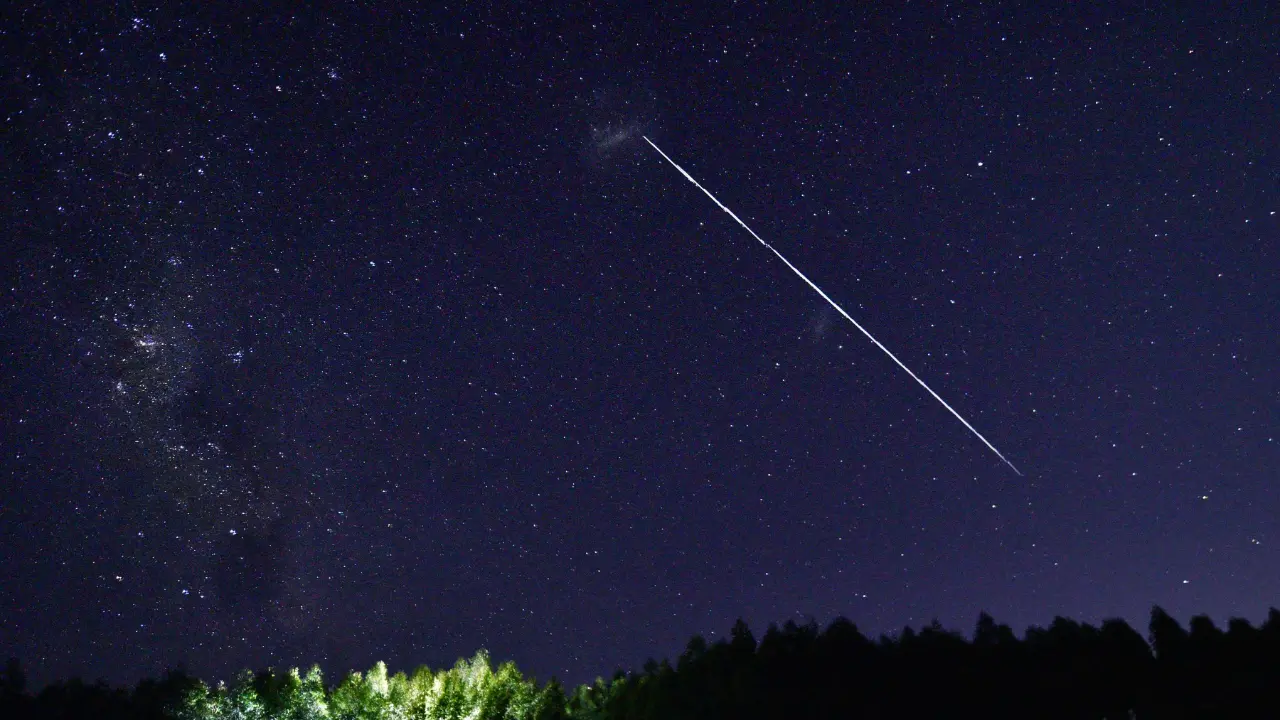The Situation with Starlink Satellites
Recent reports have surfaced that some of SpaceX’s Starlink satellites are experiencing orbital decay, causing them to fall out of orbit. This news has raised concerns among space enthusiasts and industry insiders alike. Discussing the potential consequences, the company’s response, and what this could mean for the future of satellite internet.
What is Orbital Decay?
Orbital decay refers to the gradual decrease in the altitude of a satellite’s orbit due to various factors, such as atmospheric drag, gravitational forces, and solar radiation pressure. When a satellite’s orbit decays, it can eventually lose its stable position in space and enter Earth’s atmosphere, where it will burn up upon re-entry.
The Problem with Starlink Satellites Falling Out of Orbit
SpaceX’s Starlink project aims to provide global internet coverage through a constellation of thousands of small satellites in low Earth orbit (LEO). The company has launched more than 1,500 satellites to date, with plans to deploy 12,000.
However, the recent orbital decay of some Starlink satellites has raised concerns about the sustainability of such a large constellation. The falling satellites pose a risk to other spacecraft and contribute to the growing issue of space debris.
SpaceX’s Response to the Situation
SpaceX has acknowledged the issue and stated they are actively working to address it. The company has implemented new technology, such as ion propulsion systems, to maintain the satellites’ orbits and avoid collisions with other spacecraft. In addition, SpaceX is designing future Starlink satellites to have a higher level of redundancy and reliability to minimize the risk of failure.
Measures to Mitigate Space Debris
To combat the problem of space debris, SpaceX has implemented several measures, such as:
- Deorbiting: The Starlink satellites are designed to automatically deorbit and burn up in Earth’s atmosphere at the end of their operational life. This prevents them from becoming long-term space debris.
- Collision Avoidance: The satellites are equipped with onboard propulsion systems that allow them to autonomously avoid potential collisions with other objects in space.
- Tracking and Monitoring: SpaceX works closely with organizations like the U.S. Department of Defense and the European Space Agency to track and monitor the positions of their satellites and share this data with other satellite operators.
The Future of Satellite Internet and Space Sustainability
The Starlink project’s ambitious goals have the potential to revolutionize global internet access, especially in remote and underserved areas. However, the issue of satellites falling out of orbit highlights the need for continued innovation and responsible practices in space.
As satellite constellations continue to grow, the space industry must prioritize long-term sustainability by developing new technologies and regulations to mitigate space debris and ensure the safe operation of spacecraft.
Conclusion
The recent news of Starlink satellites falling out of orbit underscores the importance of addressing the challenges associated with large satellite constellations. By taking proactive steps to improve satellite design, implement debris mitigation measures, and collaborate with international partners, SpaceX, and the broader space industry can work together to ensure a sustainable future in space and continue to advance satellite-based internet services for the benefit of people around the world.
